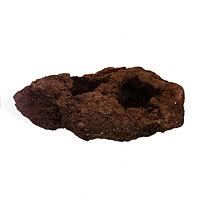try2wryte
Member
Hey silly question, Won't any porous rock turn live over time with all the little holes providing homes for the marine life ? For example the Tufa or Lava rock from *****


Wouldn't these provide the necessary terrain for organisms and coraline aglae to migrate into/onto? And these come in pretty piece with holes in them, lol so I would be very excited if I'm right and turn my new tank into a live rock farm lol for a while.


Wouldn't these provide the necessary terrain for organisms and coraline aglae to migrate into/onto? And these come in pretty piece with holes in them, lol so I would be very excited if I'm right and turn my new tank into a live rock farm lol for a while.






